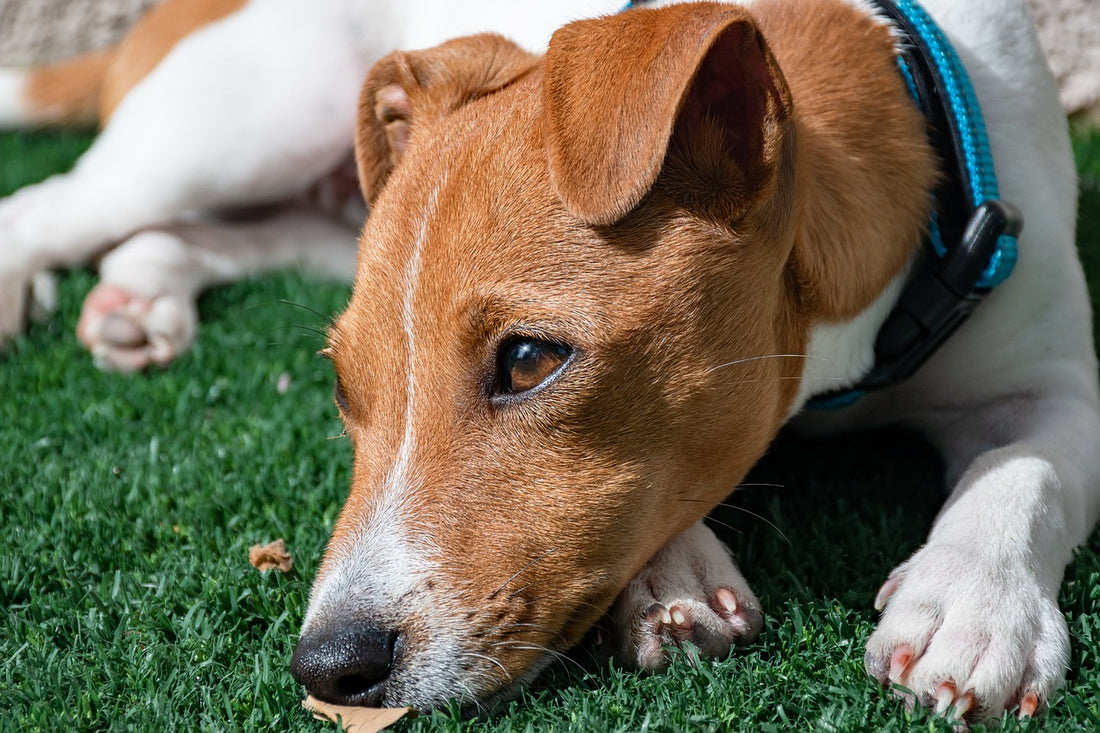
Punishment Isn’t the Answer: Building a Better Bond with Positive Training
Share
Why Punishment is Bad in Dog Training: Understanding the Dog’s Experience
Dog training has come a long way, but unfortunately, outdated punishment techniques still crop up. Let’s dive into why punishment is not only ineffective but often harmful—and why a kinder approach, rooted in positive reinforcement, is a better choice for both dogs and their humans.
Imagine Being in Their Paws
Imagine you’re learning a new skill at work, and every time you make a mistake, someone scolds you or yanks you away from what you were doing. Sure, you’d learn to avoid certain actions, but you might also feel stressed, anxious, or even afraid of the person training you. Punishment doesn’t teach what to do—it only creates fear around what not to do. Dogs feel similarly when punished. They may learn to avoid certain behaviors, but often at the cost of trust, security, and overall learning.
How Punishment Impacts a Dog’s Well-being
Punishment-based training focuses on stopping unwanted behaviors by applying something unpleasant, whether that’s scolding, leash jerks, or even harsher measures. Research shows that these techniques can lead to significant stress and anxiety in dogs. A study published in Frontiers in Veterinary Science (Vieira de Castro et al., 2020) compared dogs trained with punishment versus those trained with reward-based methods. The study found that punishment-trained dogs had significantly higher stress levels, displayed more fear-based behaviors, and were less confident in their interactions.
Punishment can also lead to a phenomenon called “learned helplessness.” If a dog consistently experiences punishment without understanding why, they may eventually stop trying to engage or learn, sinking into a kind of emotional shutdown. This helplessness is tragic—it’s like the dog has given up on ever doing the “right” thing. Imagine if, as a person, you felt like nothing you did was ever good enough—how motivated would you feel?
The Science Behind Positive Reinforcement
Positive reinforcement, on the other hand, focuses on encouraging good behavior rather than punishing mistakes. Like when a dog sits and gets a treat, they associate the act of sitting with a positive outcome and are more likely to repeat it. This method is rooted in behavioral science and is backed by extensive research. Studies, like those cited in Journal of Veterinary Behavior (Deldalle et al., 2014), show that positive reinforcement strengthens the human-dog bond and promotes eager learning without the side effects of fear or stress.
Punishment and Trust: A Fragile Bond
Dogs are deeply social creatures, and the relationship they have with their humans is key to their sense of safety. Training with punishment can damage this trust. Imagine how confusing it is for a dog to be punished for something they may not understand, like barking when the doorbell rings or jumping up when excited. By using punishment, we risk teaching dogs to fear us or to feel on edge around us, which can lead to more behavioral issues down the road.
With positive reinforcement, training becomes a way to communicate and bond with our dogs. Every “sit,” “stay,” or “good job” helps build a language between us. When we train with kindness, dogs not only learn more effectively—they also learn to trust us deeply, strengthening the bond we all cherish.
Wrapping Up: Choosing Kindness Over Control
Punishment in dog training may seem like a quick fix, but it comes with serious drawbacks. By choosing positive reinforcement, we give our dogs the gift of learning in an environment of trust, understanding, and happiness. So next time you’re faced with a frustrating behavior, remember: there’s always a kind way to guide a dog towards success, without the fear or pain that punishment can cause.
When dogs and cats are calm, they are happy and live their best lives. With reduced stress, they get sick less often and are more able to enjoy the little things in life. Like stretching out on the couch, or sniffing grass. To help support your dog in enjoying a calm life, we recommend AC for Pets.
